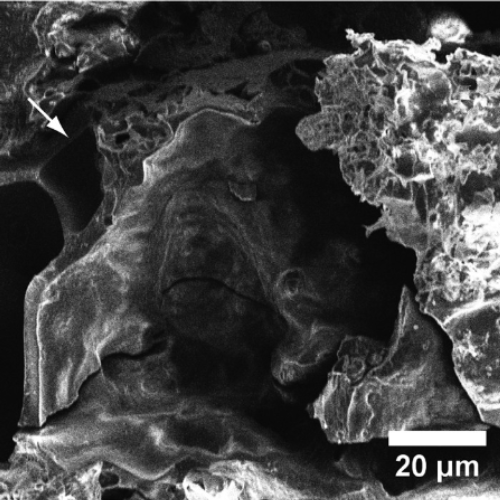Fine Endmesolithic fish caviar meal discovered by proteomics in foodcrusts from archaeological site Friesack 4 (Brandenburg, Germany).
The role of aquatic resources in ancient economies and paleodiet is important for understanding the evolution of prehistorical societies. Charred food remains from ancient pottery are valuable molecular evidence of dietary habits in antiquity. However, conventional archaeometric approaches applied in their analysis lack organismal specificity, are affected by abundant environmental contaminants, do not elucidate food processing recipes and are limited in the inland regions where diverse dietary resources are available. We performed proteomics analysis of charred organic deposits adhered on early ceramics from Mesolithic-Neolithic inland site Friesack 4 (Brandenburg, Germany). One of pots-a small coarse bowl radiocarbon dated to the end of the 5th millennium BC-was attributed to Endmesolithic pottery. Proteomics of foodcrust from this vessel identified fine carp roe meal and revealed details of a prehistorical culinary recipe. Ancient proteins were unequivocally distinguished from contemporary contaminants by computing deamidation ratios of glutamine residues. These data paint a broader picture of the site-specific exploitation of aquatic resources and contribute to better understanding of the dietary context of Neolithic transition in European inland.

- PLoS One. 2018 Nov 28;13(11)
- 2018
- Biochemistry
- 30485287
- PubMed
Enabled by:
